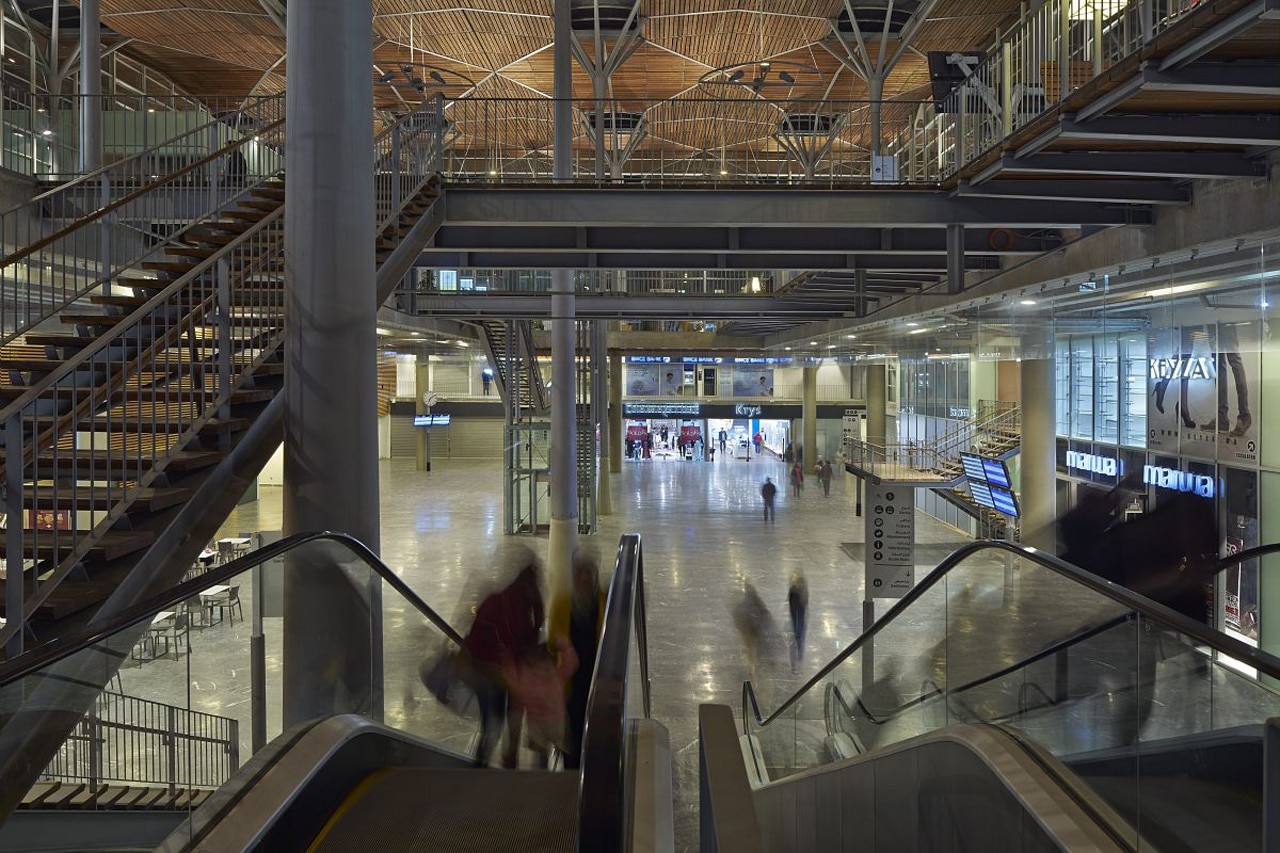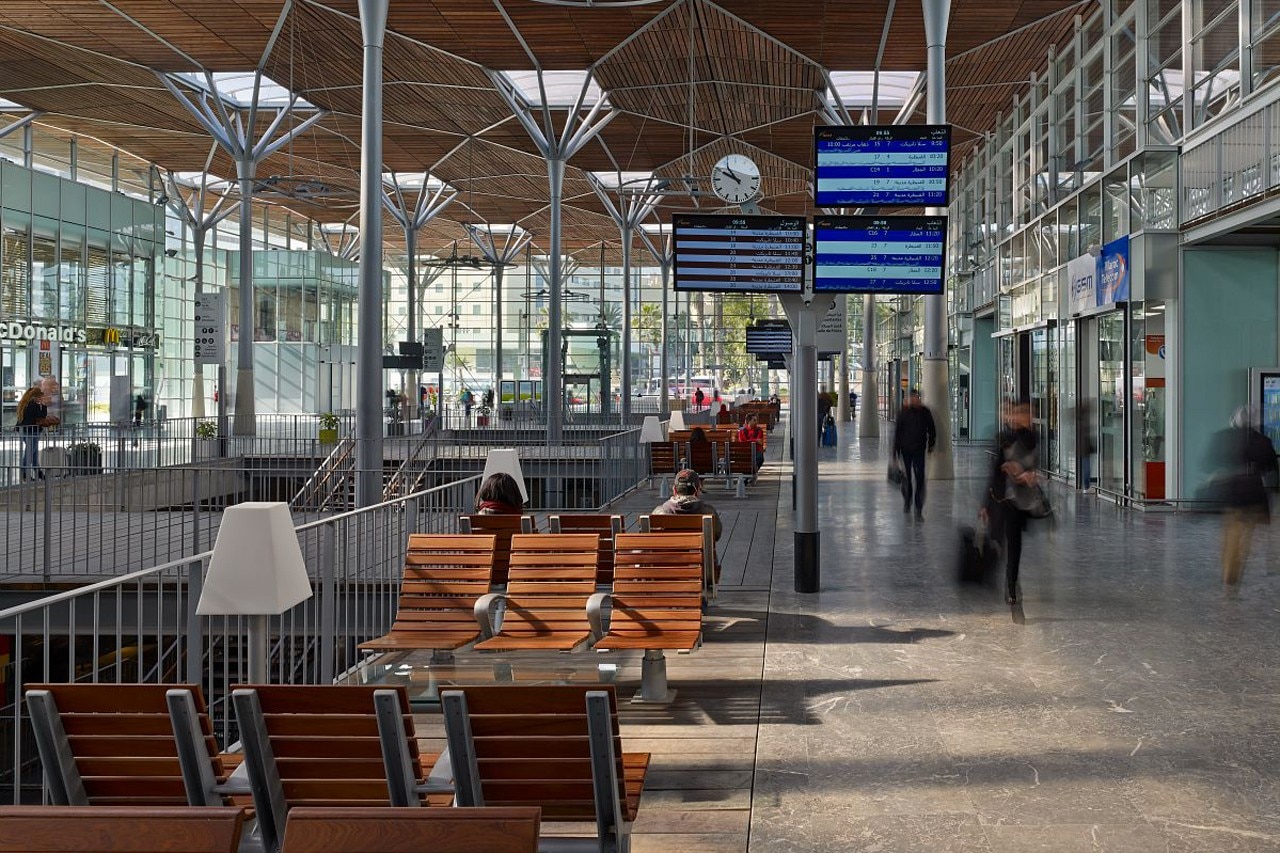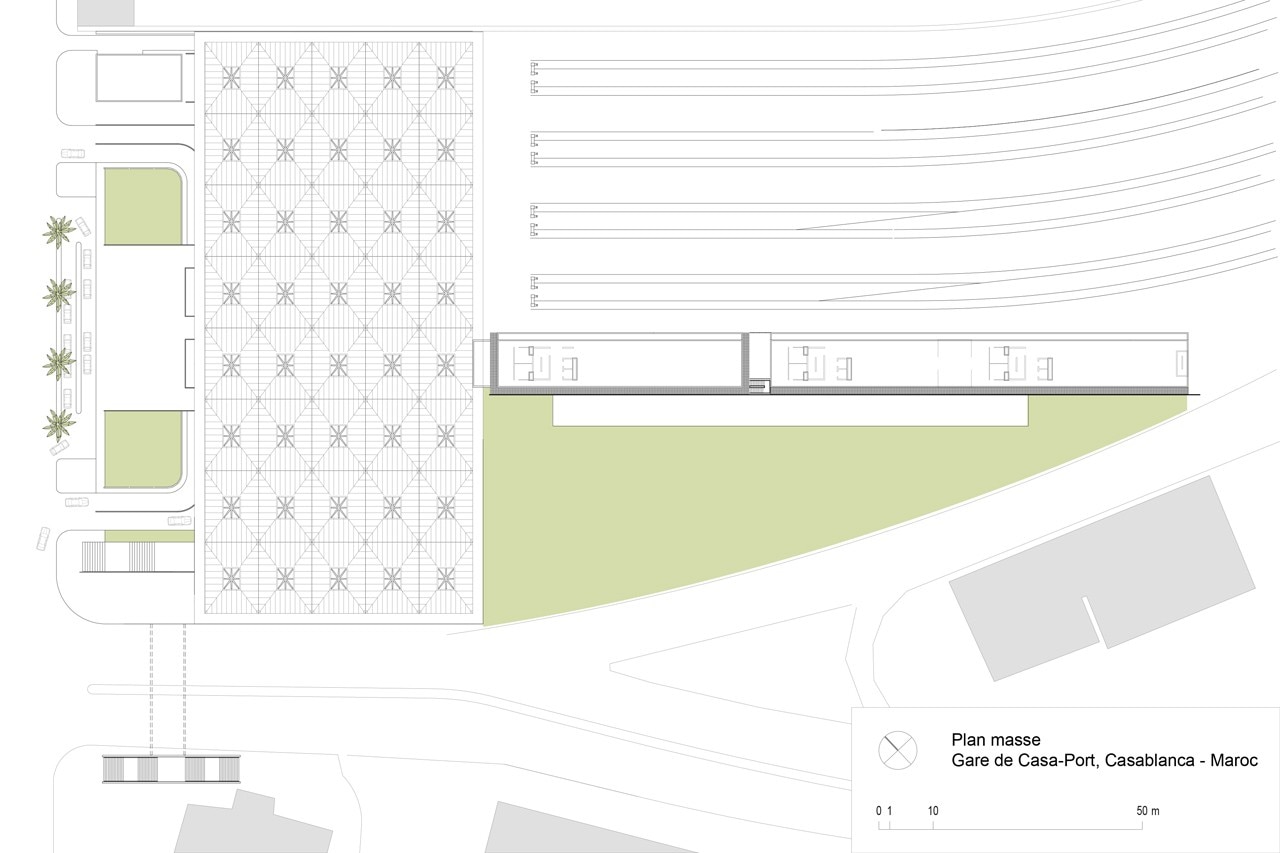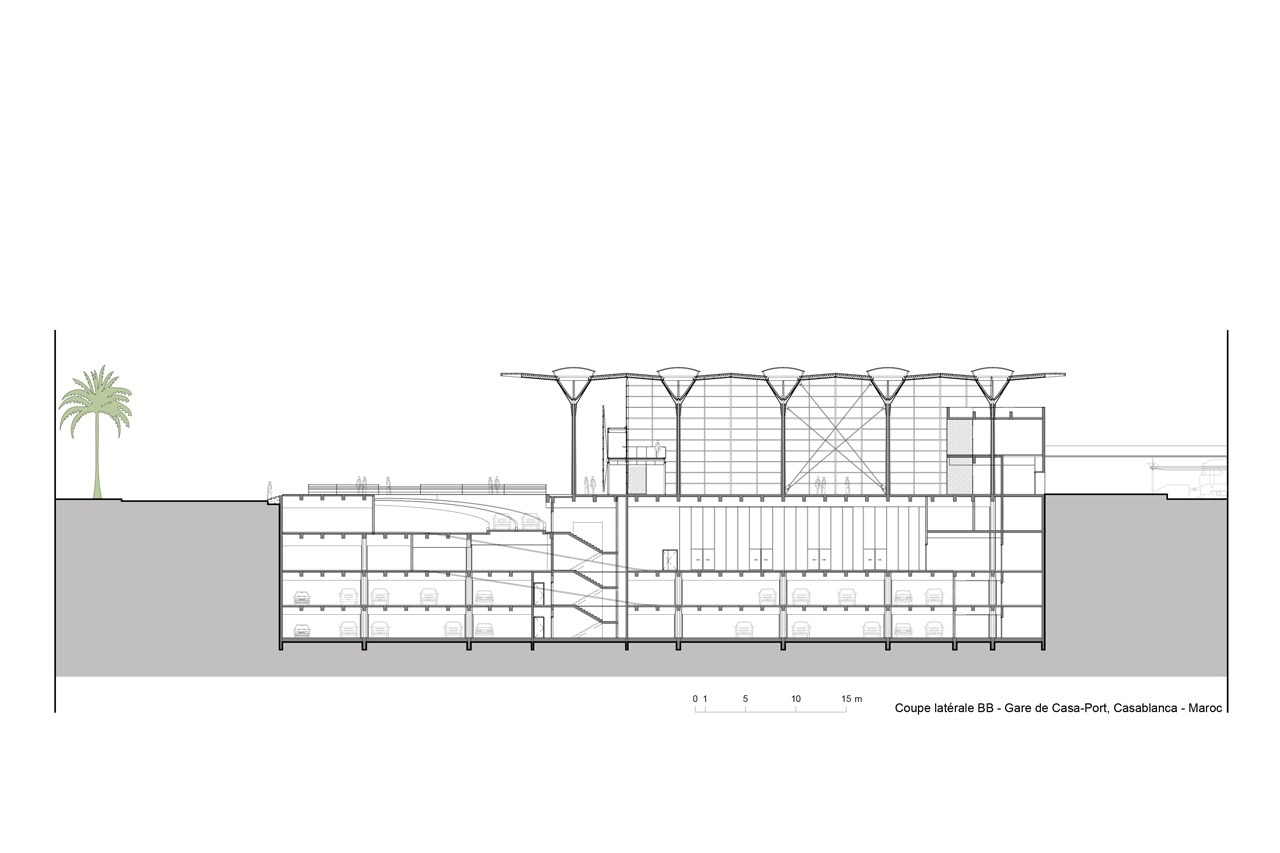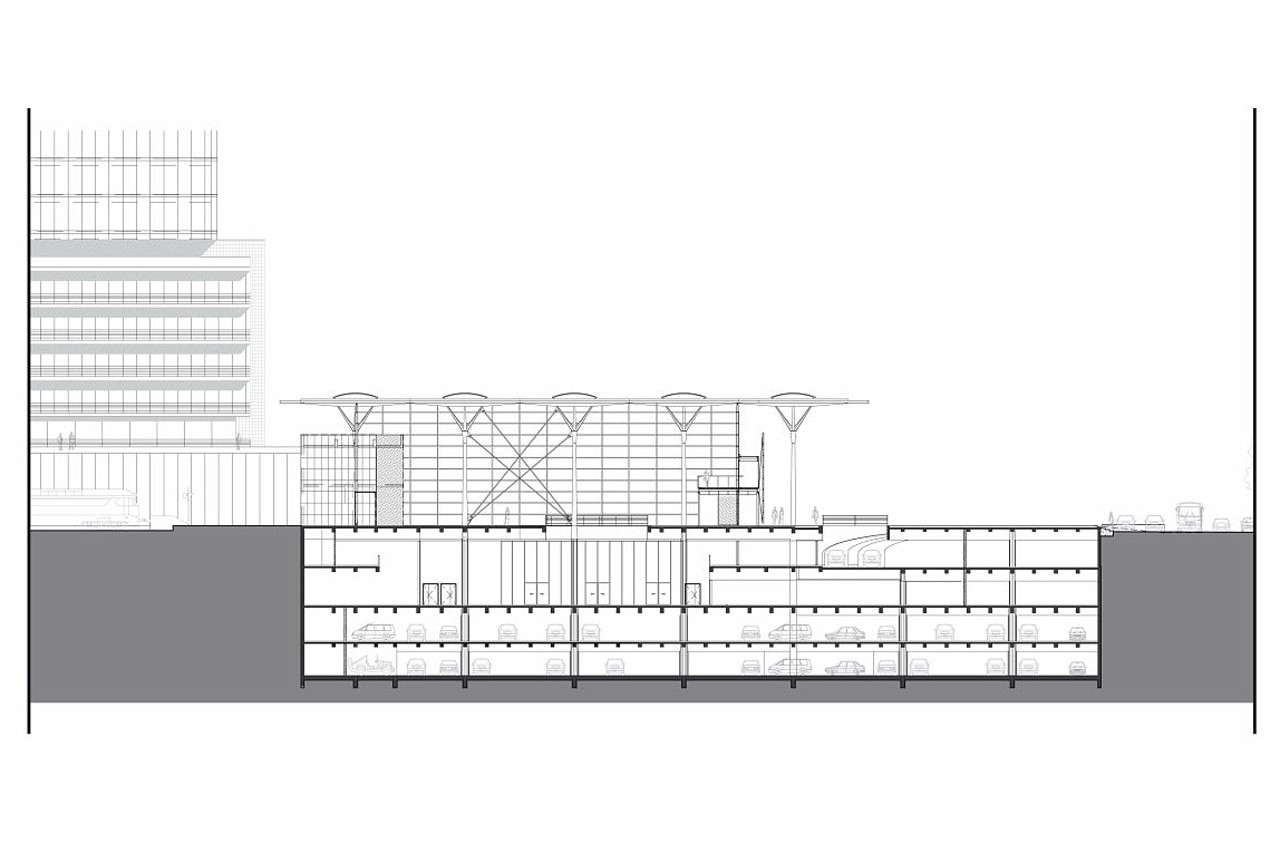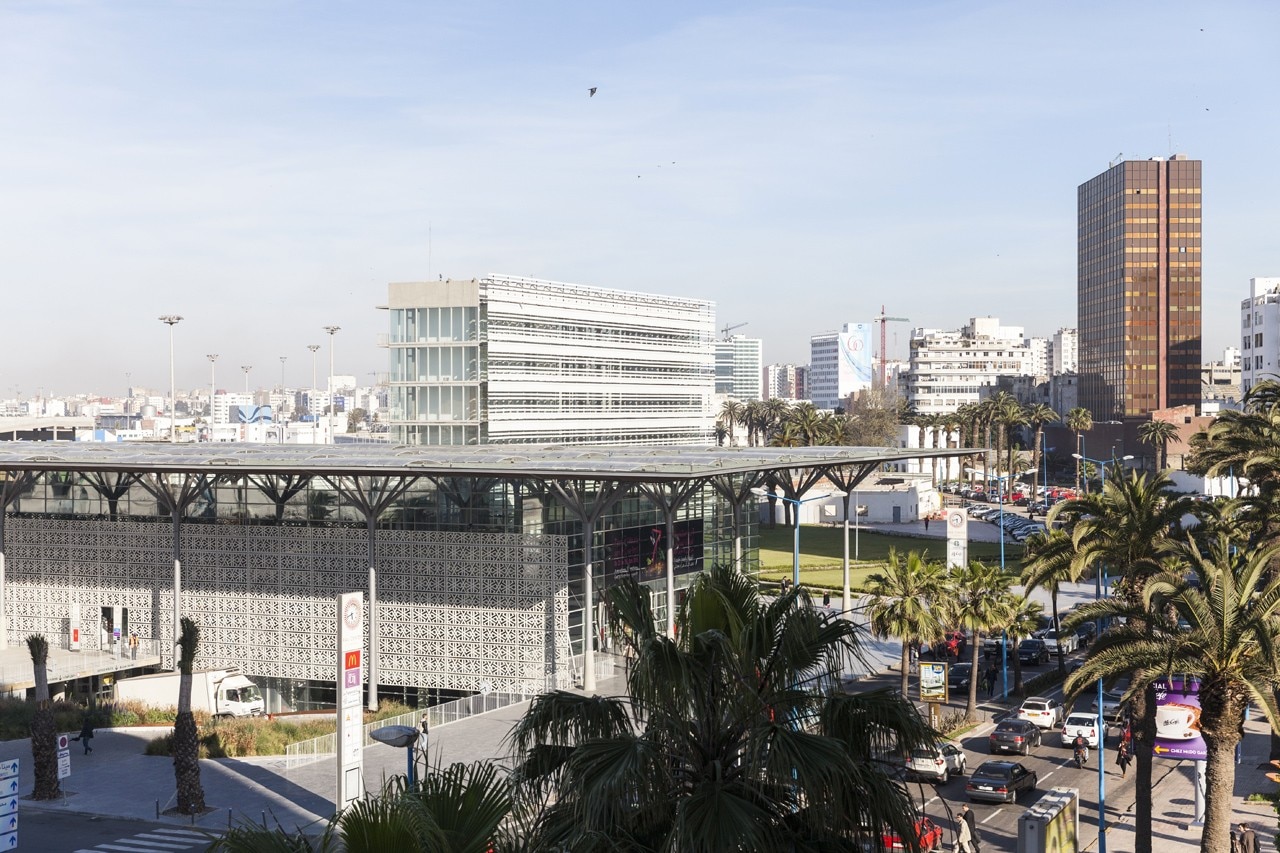
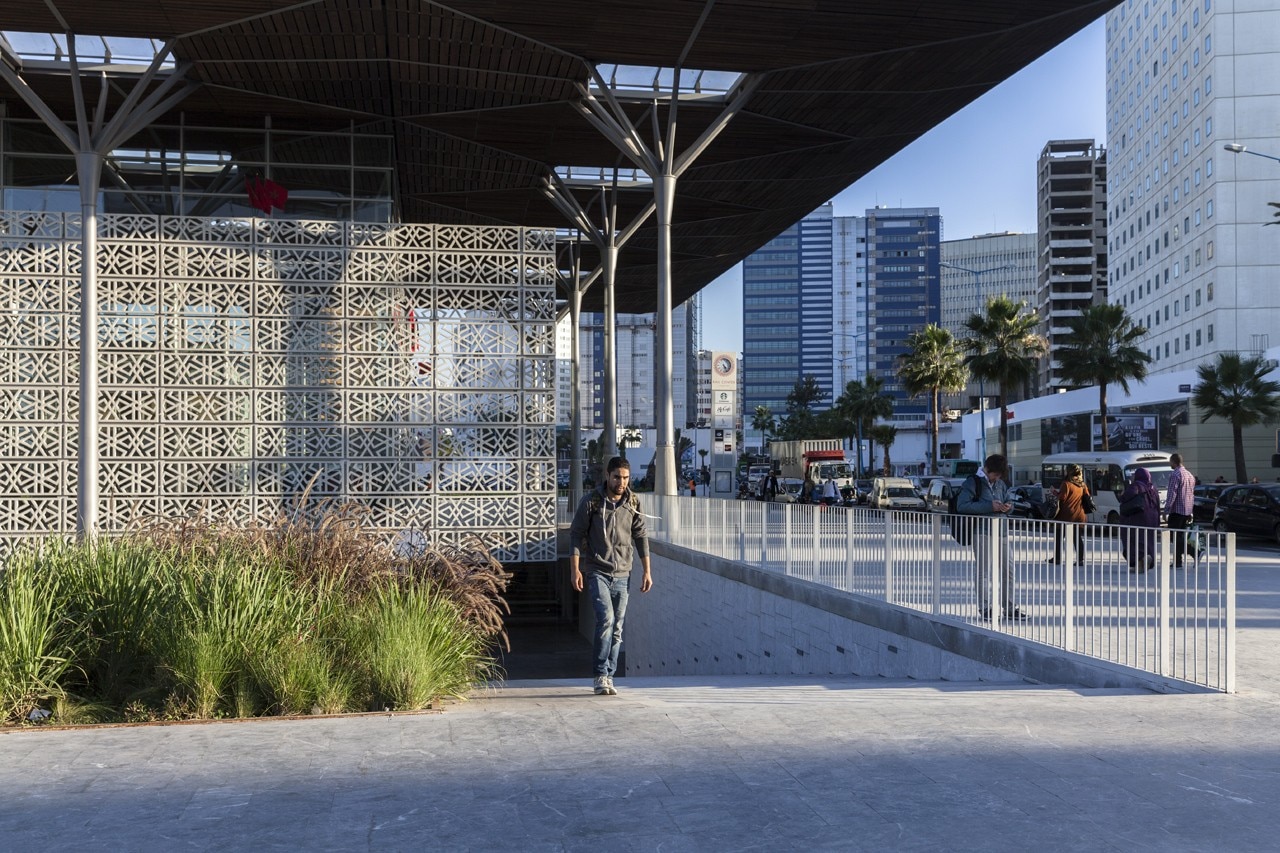
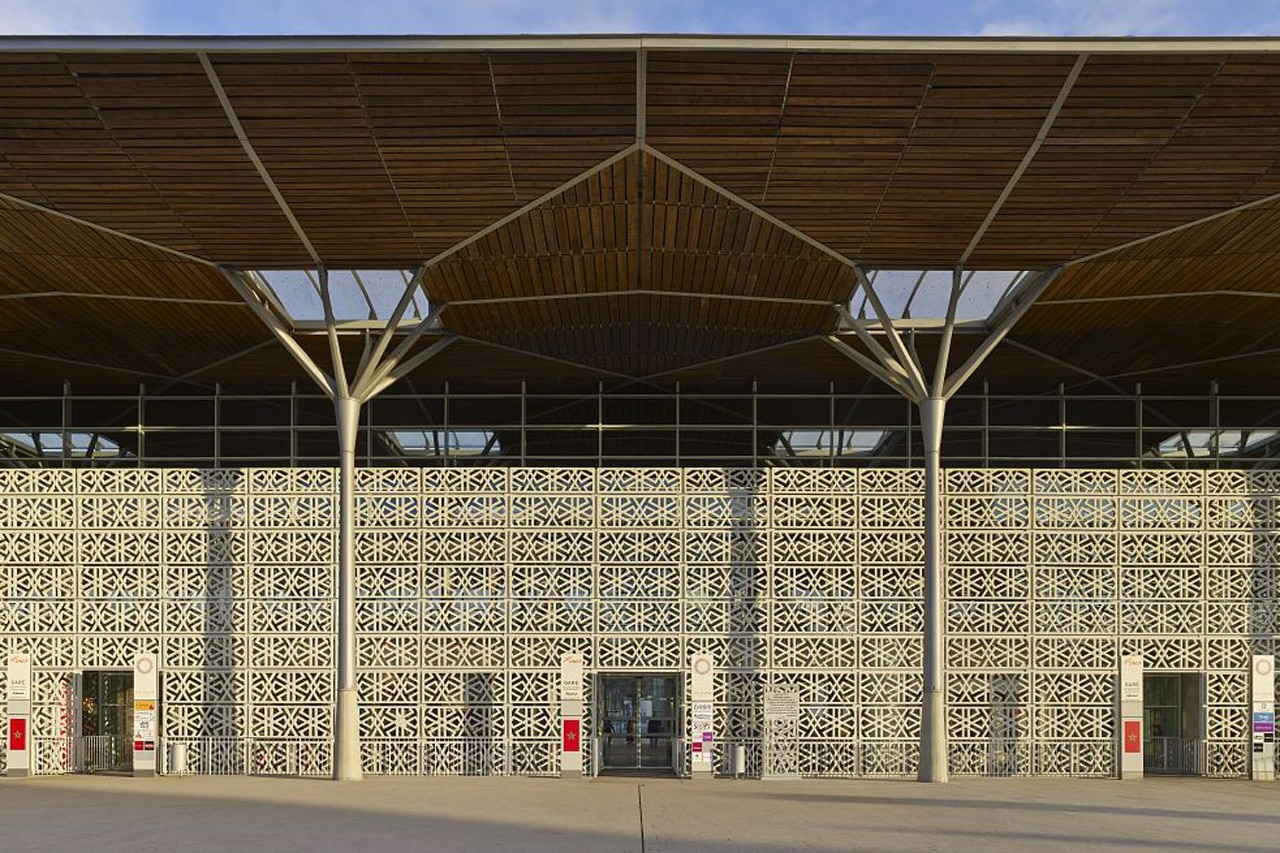
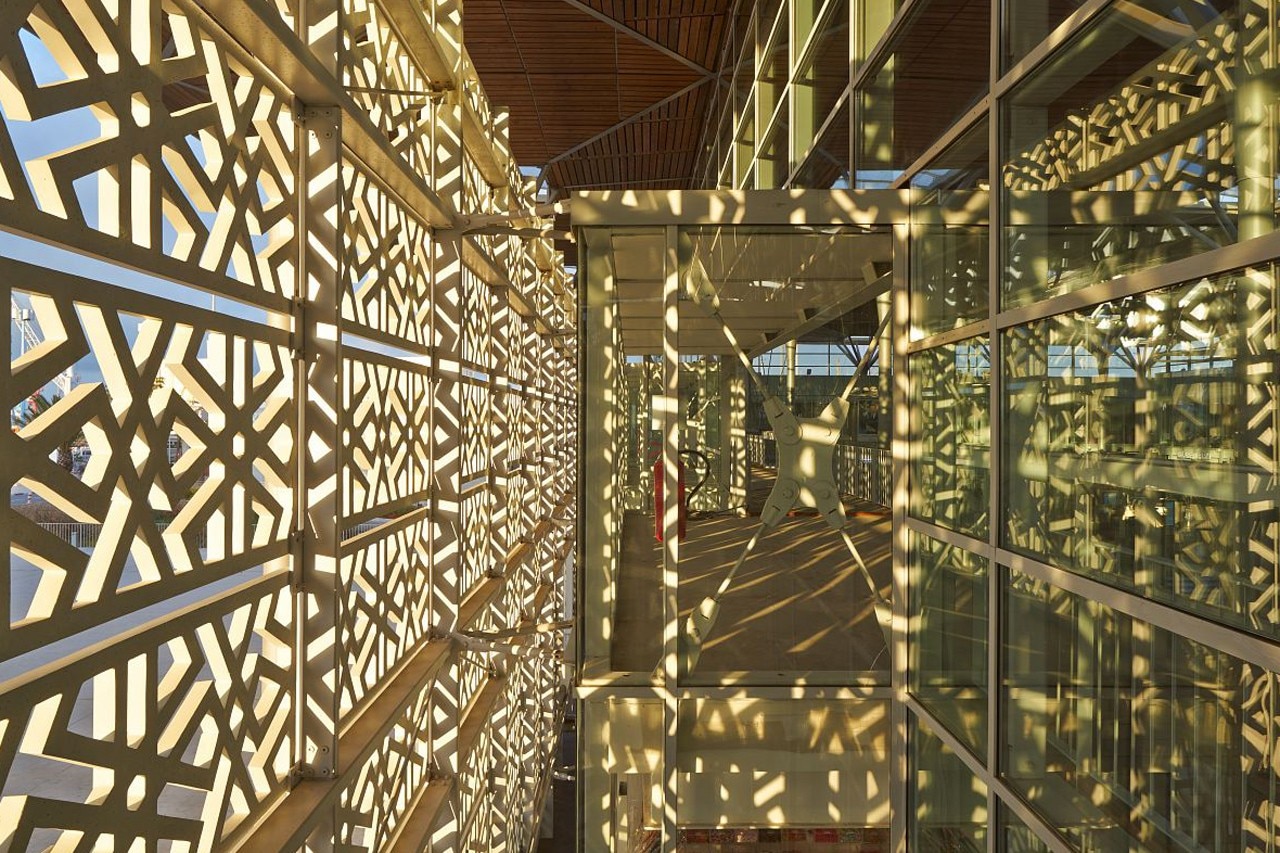
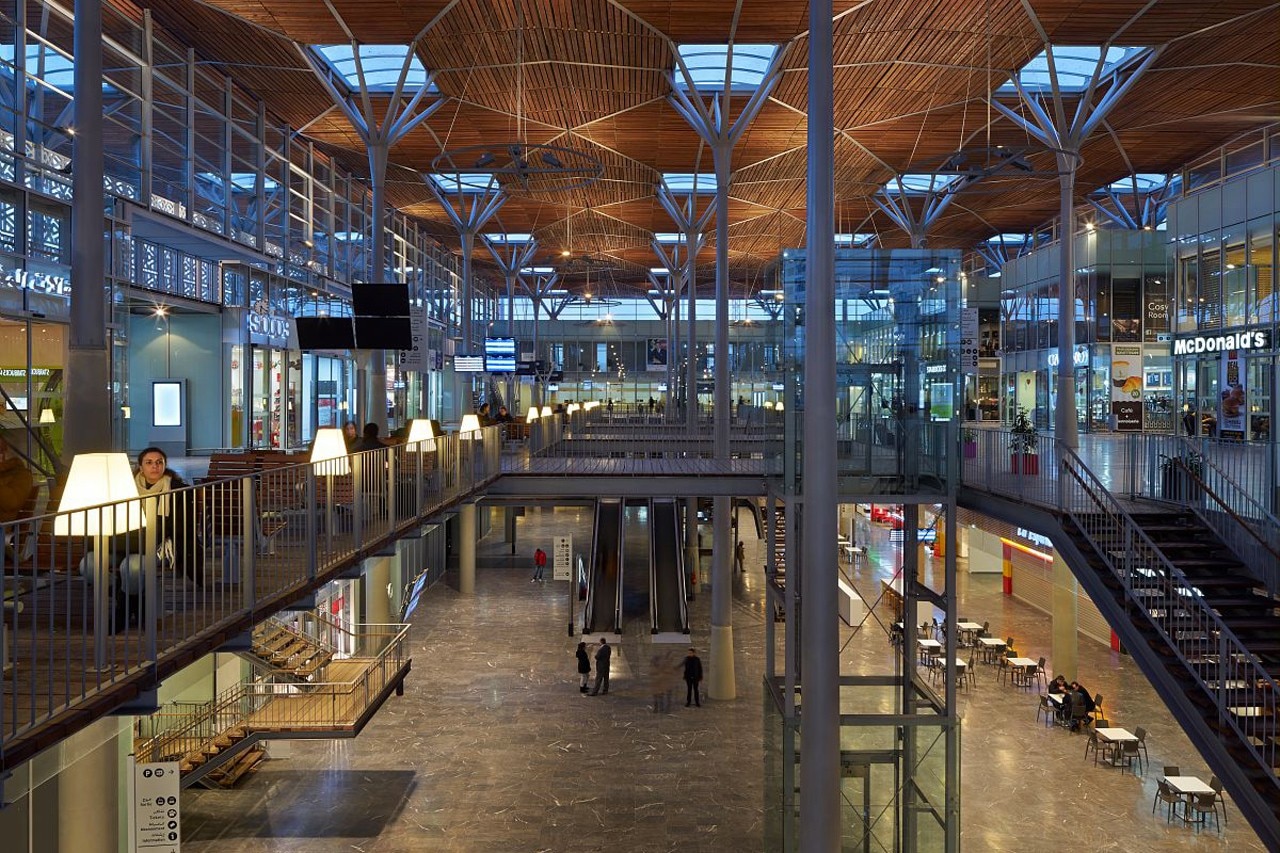
With this new gateway to the waterfront and an international district under construction, the question remains as to what contemporary form Morocco wants to give itself today: that of convenient global imagery that turns its back on the bustle and poverty of the informal city despite embracing its signs, or an attempted mediation between the economy of these worlds and an effort to extend their quality standards to all social strata.
The desires and true ambitions of the masses in emerging countries – which, it must be said, greatly appreciate AREP’s spaces where they find cleanliness and universal restaurant and clothing chains without the drawback of entering into contact with the city – remain a more political than economic choice. Working on the imagination does, nonetheless, make an impact and it is no coincidence that the solutions featured in the AREP design are strongly echoed in a project by Favero & Milan Ingegneria with Abdr and Italferr that recently won the competition to refurbish the Casablanca-Voyagers station: a glass box covered with a large mashrabiya roof. “Play it again, Sam…”
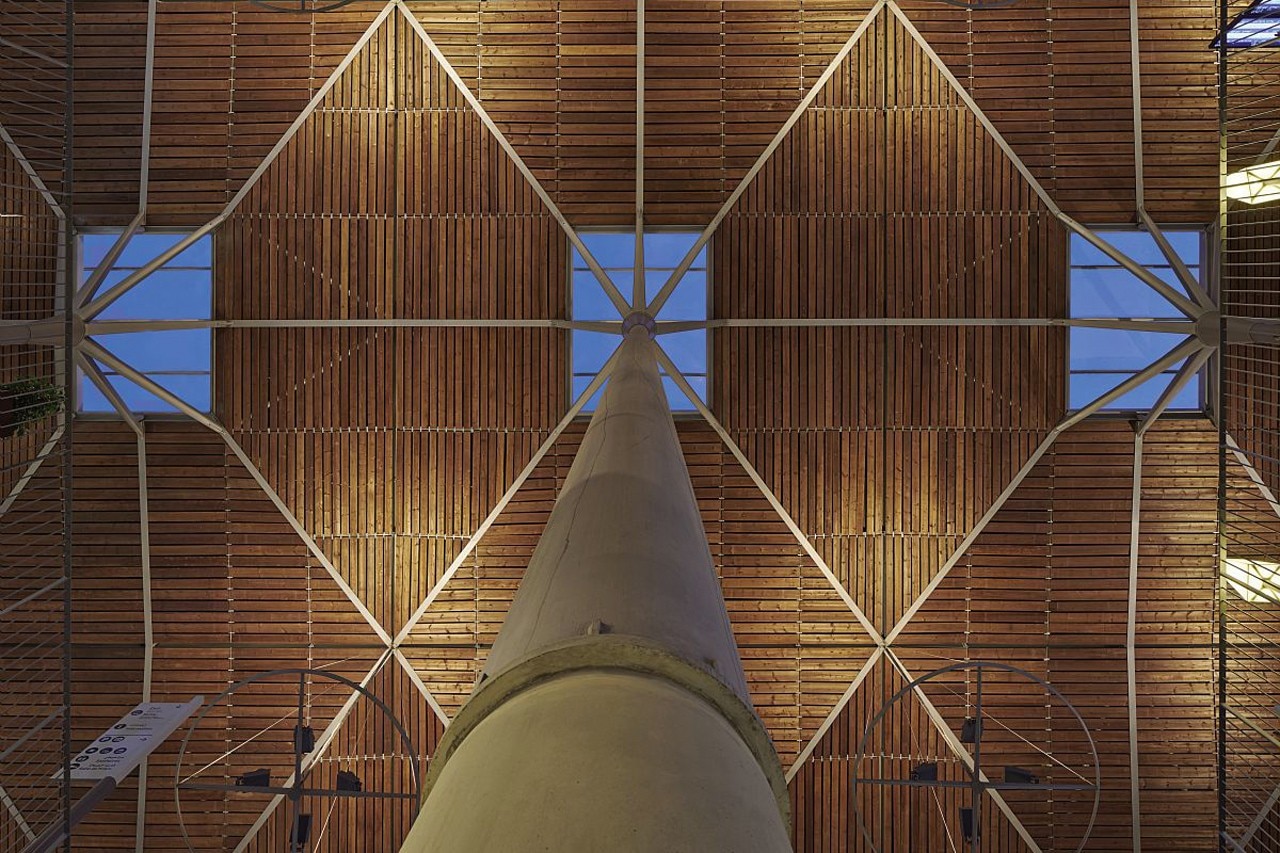
New railway station Casa Port, Casablanca, Morocco
Program: railway station
Architetct: Etienne Tricaud, Philippe Druesne, Christophe Iliou – AREP e Groupe3 Architectes, Omar Tijani, Skander Amine
Completion: 2015



